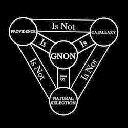-
 Bitcoin
Bitcoin $118300
-0.58% -
 Ethereum
Ethereum $3825
0.11% -
 XRP
XRP $3.137
-0.71% -
 Tether USDt
Tether USDt $0.9999
-0.01% -
 BNB
BNB $803.9
-3.37% -
 Solana
Solana $181.5
-1.94% -
 USDC
USDC $0.9999
0.01% -
 Dogecoin
Dogecoin $0.2238
-2.51% -
 TRON
TRON $0.3358
2.12% -
 Cardano
Cardano $0.7844
-2.16% -
 Hyperliquid
Hyperliquid $43.31
-1.48% -
 Sui
Sui $3.807
-4.04% -
 Stellar
Stellar $0.4203
-1.96% -
 Chainlink
Chainlink $17.79
-3.00% -
 Bitcoin Cash
Bitcoin Cash $567.8
-1.34% -
 Hedera
Hedera $0.2614
-4.30% -
 Avalanche
Avalanche $24.19
-4.46% -
 Litecoin
Litecoin $109.2
-0.74% -
 UNUS SED LEO
UNUS SED LEO $8.969
-0.01% -
 Toncoin
Toncoin $3.404
3.97% -
 Ethena USDe
Ethena USDe $1.001
-0.01% -
 Shiba Inu
Shiba Inu $0.00001307
-3.19% -
 Uniswap
Uniswap $10.33
-1.23% -
 Polkadot
Polkadot $3.884
-4.06% -
 Monero
Monero $312.9
-1.87% -
 Dai
Dai $1.000
0.01% -
 Bitget Token
Bitget Token $4.537
-2.24% -
 Pepe
Pepe $0.00001156
-3.40% -
 Cronos
Cronos $0.1437
-0.89% -
 Aave
Aave $282.8
-2.77%
can blockchain be used as a database
Despite its limitations, blockchain databases offer unique advantages in data integrity, decentralization, and security, making them suitable for applications where tamper-proof and transparent data management is critical.
Oct 10, 2024 at 05:59 pm

Can Blockchain Be Used as a Database?
1. Understanding Blockchain and Database
A blockchain is a decentralized, distributed ledger system that securely records transactions in a tamper-proof manner. Each block in the chain contains a timestamp, transaction data, and a cryptographic hash of the previous block. This immutable structure makes it challenging to alter or manipulate data.
A database, on the other hand, is a collection of structured data organized and stored electronically. It can be centralized (controlled by a single authority) or decentralized (distributed across multiple nodes).
2. Advantages of Using Blockchain as a Database
- Decentralization: Blockchain eliminates the need for a central authority, reducing the risk of data manipulation or control by a single entity.
- Data Integrity: The immutability of blockchain ensures that data stored on it cannot be altered or deleted without compromising the entire chain.
- Security: The cryptographic mechanisms used in blockchain make it highly resistant to hacking attempts and security breaches.
- Transparency: All transactions on a blockchain are publicly viewable, promoting transparency and accountability.
3. Limitations of Using Blockchain as a Database
- Scalability: Blockchain networks are often slower and less scalable than traditional centralized databases, especially with large volumes of transactions.
- Complexity: Developing and maintaining blockchain solutions can be complex and requires specialized expertise.
- Cost: Setting up and maintaining a blockchain network can be more expensive than centralized databases due to computing and storage requirements.
- Flexibility: Blockchain databases are immutable, making it difficult to update or delete data once stored.
4. Use Cases of Blockchain Databases
Despite its limitations, blockchain has several potential use cases as a database:
- Supply Chain Management: Tracking and recording the movement of goods throughout a complex supply chain with tamper-proof transparency.
- Financial Services: Enabling secure and efficient transactions, asset management, and compliance.
- Digital Identity: Providing a secure and verifiable method of storing and managing digital identities and credentials.
- Healthcare: Managing patient records, medical research data, and insurance claims with confidentiality and tamper-protection.
5. Conclusion
While blockchain has unique advantages as a database, its limitations and the current maturity level should be carefully considered. Whether or not to use blockchain as a database depends on the specific requirements and characteristics of the application or system. For highly secure, tamper-proof, and decentralized data management, blockchain databases can offer significant benefits. However, for high-volume, real-time applications or where flexibility and scalability are crucial, traditional centralized databases may be more appropriate.
Disclaimer:info@kdj.com
The information provided is not trading advice. kdj.com does not assume any responsibility for any investments made based on the information provided in this article. Cryptocurrencies are highly volatile and it is highly recommended that you invest with caution after thorough research!
If you believe that the content used on this website infringes your copyright, please contact us immediately (info@kdj.com) and we will delete it promptly.
- Ozak AI Presale: Your Chance to Turn 1 ETH into 20? A Crypto Investment Deep Dive
- 2025-07-30 15:50:12
- IPO, Bitcoin, and Treasury: A New Era of Crypto Investment?
- 2025-07-30 14:30:12
- Bitcoin, Binance, and Whales: Decoding the Latest Market Moves
- 2025-07-30 14:50:12
- Bitcoin, Binance, and Whales: Decoding the $1.2B Shuffle
- 2025-07-30 16:10:12
- MultiBank Group's $MBG Token: Bridging TradFi and Web3 with LBank Listing
- 2025-07-30 16:10:12
- NFTs: Punks, Penguins, and the Market's Mosh Pit
- 2025-07-30 16:16:00
Related knowledge
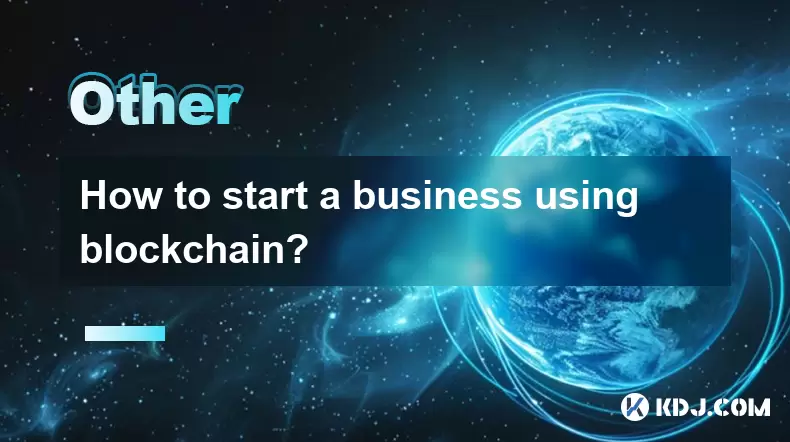
How to start a business using blockchain?
Jul 28,2025 at 12:36am
Understanding the Basics of Blockchain TechnologyBefore diving into the process of starting a business using blockchain, it's crucial to understand wh...
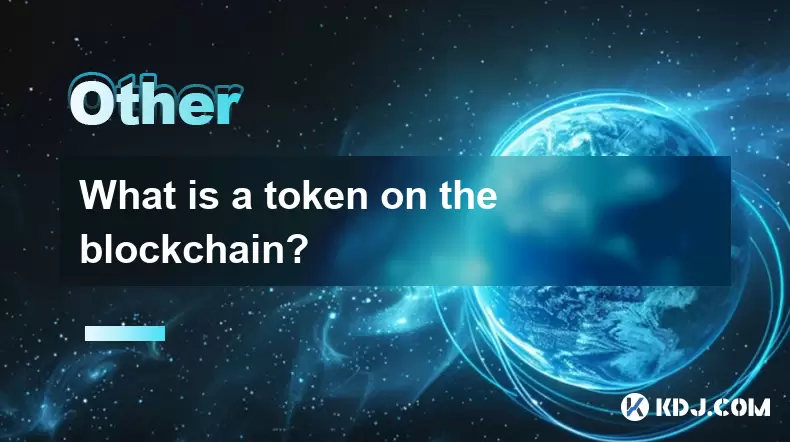
What is a token on the blockchain?
Jul 21,2025 at 07:00am
Understanding the Concept of a TokenIn the realm of blockchain technology, a token is a digital representation of an asset or utility that exists on a...
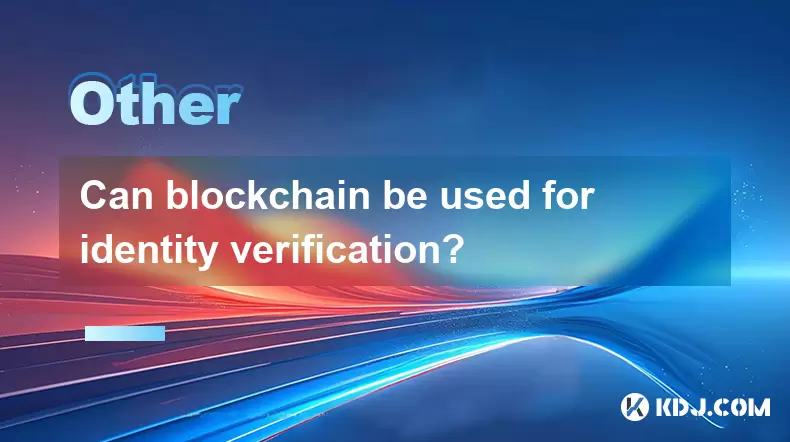
Can blockchain be used for identity verification?
Jul 18,2025 at 02:14pm
Understanding Identity Verification in the Digital AgeIn the modern digital landscape, identity verification has become a critical component for ensur...
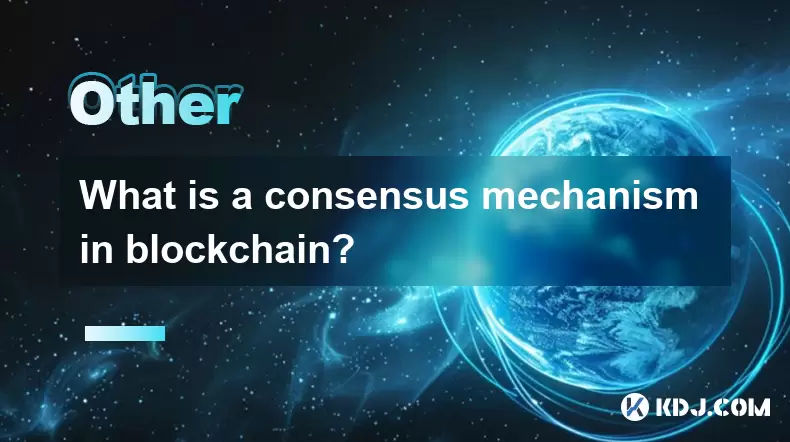
What is a consensus mechanism in blockchain?
Jul 21,2025 at 03:01am
Understanding the Basics of Consensus MechanismsA consensus mechanism is a critical component of any blockchain network. It refers to the process by w...
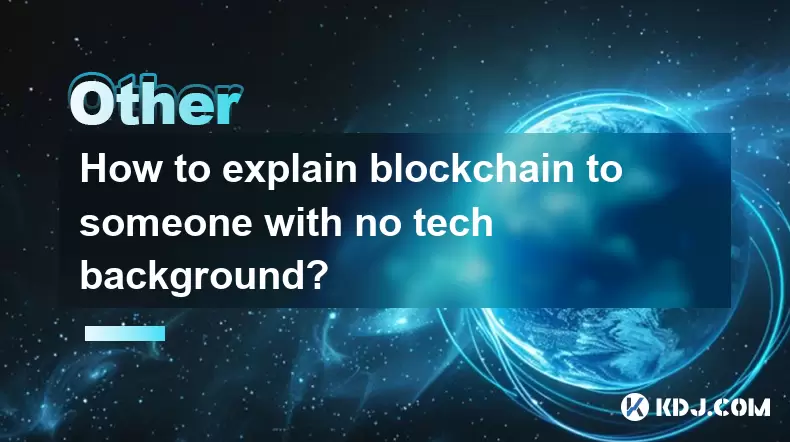
How to explain blockchain to someone with no tech background?
Jul 18,2025 at 11:08pm
Understanding the Basics of BlockchainTo explain blockchain to someone with no tech background, it's essential to start with simple analogies and avoi...

Who invented blockchain technology?
Jul 23,2025 at 01:28am
Origins of Blockchain TechnologyBlockchain technology did not emerge from a single inventor or institution. Instead, it evolved through a series of ac...

How to start a business using blockchain?
Jul 28,2025 at 12:36am
Understanding the Basics of Blockchain TechnologyBefore diving into the process of starting a business using blockchain, it's crucial to understand wh...

What is a token on the blockchain?
Jul 21,2025 at 07:00am
Understanding the Concept of a TokenIn the realm of blockchain technology, a token is a digital representation of an asset or utility that exists on a...

Can blockchain be used for identity verification?
Jul 18,2025 at 02:14pm
Understanding Identity Verification in the Digital AgeIn the modern digital landscape, identity verification has become a critical component for ensur...

What is a consensus mechanism in blockchain?
Jul 21,2025 at 03:01am
Understanding the Basics of Consensus MechanismsA consensus mechanism is a critical component of any blockchain network. It refers to the process by w...

How to explain blockchain to someone with no tech background?
Jul 18,2025 at 11:08pm
Understanding the Basics of BlockchainTo explain blockchain to someone with no tech background, it's essential to start with simple analogies and avoi...

Who invented blockchain technology?
Jul 23,2025 at 01:28am
Origins of Blockchain TechnologyBlockchain technology did not emerge from a single inventor or institution. Instead, it evolved through a series of ac...
See all articles


















